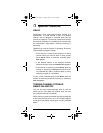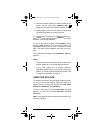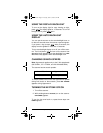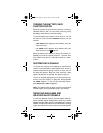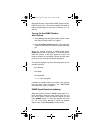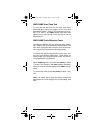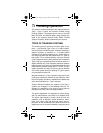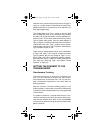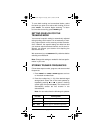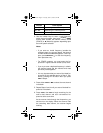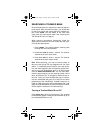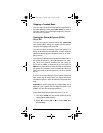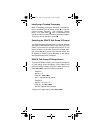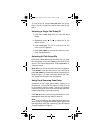
39
Trunking Operation
centralize their communications and control the type of
users on a single system. Determining the exact fleet-
subfleet hierarchy for a particular area is referred to as
fleet map programming
.
The disadvantage of a Type I system is that the brief
burst of data sent when a user transmits must contain
the radio’s ID, its fleet information, and the subfleet infor-
mation as well. This is three times the amount of data a
Type II system radio sends. Since the data capacity of
Type I systems is limited and the total amount of data in-
creases with each user, Type I systems usually accom-
modate fewer users than Type II systems. Nevertheless,
Type I systems are still in use.
There are also
hybrid
systems which are a combination
of Type I and Type II. Your scanner is preset to monitor
Type II systems, but you can change to Type I or a hy-
brid of Type I and Type II systems by selecting a prepro-
grammed fleet map or creating a custom fleet map for
your area (see “Scanning Type I and Hybrid Trunked
Systems” on Page 51).
SETTING THE SCANNER TO THE
TRUNKING MODE
Simultaneous Trunking
The scanner allows you to track up to 10 systems at a
time. You can trunk scan or search and scan conven-
tional frequencies at the same time. You can also pro-
gram conventional frequencies in the same bank as
trunking systems.
After the scanner is finished checking activity in the
trunked system, it scans other conventional frequencies
in the bank. (Only trunking frequencies are programmed
in trunk mode.)
If a system is inactive for 1 second and there are no con-
ventional channels in the bank, the scanner starts scan-
ning the next selected trunk bank. If you turned
DELAY
on, the scanner starts scanning the next trunk bank after
about 5 seconds.
20-524A.fm Page 39 Tuesday, June 27, 2000 3:41 PM



